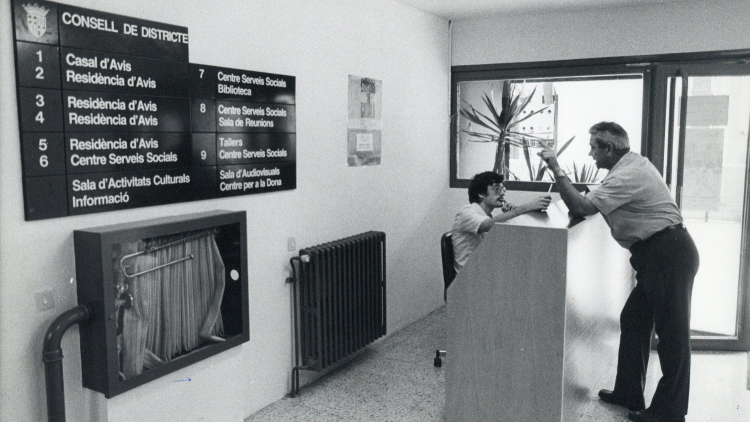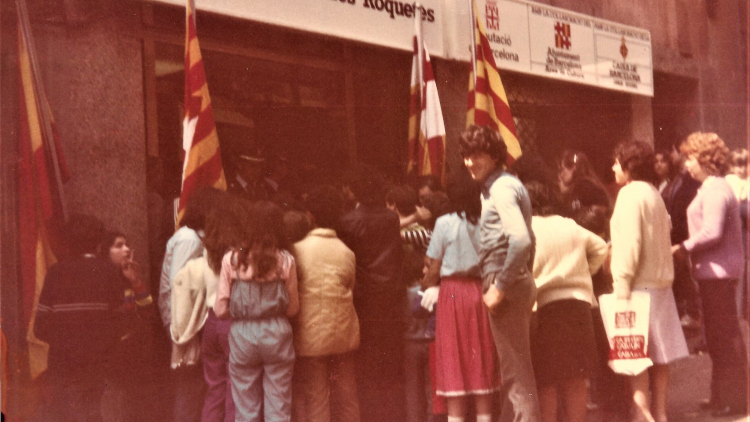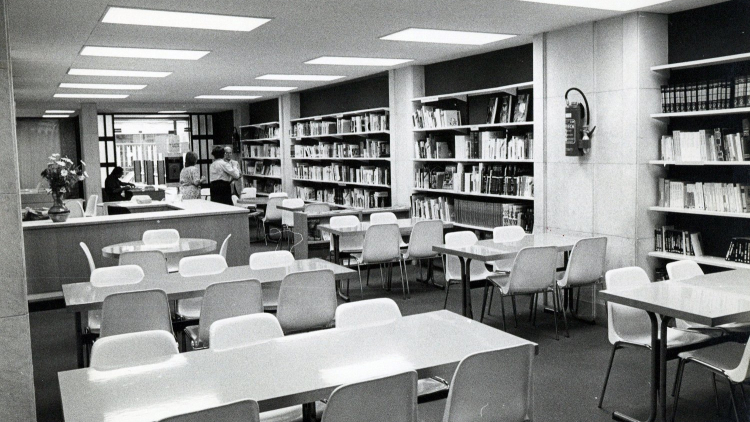Reviving the city
The economic crisis of the 1970s hastened Barcelona’s deindustrialisation. And the city’s lack of facilities helped to nurture resident demands for the old factories to be turned into buildings for new facilities.
District IX was the only one in Barcelona without a secondary school. So, when Harry Walker – a symbol of workers’ radicalism under Francoism – closed, residents’ associations demanded the factory site be used for a secondary school, which was installed in temporary buildings in 1976.
The first democratic City Council started work on the school facilities and, in 1983, Institut Sant Andreu was finally opened.
During this first term of office, the Council worked hard on serving the public, which explains the opening of two important social facilities in the neighbourhood: the Pau Casals Social Services Centre and Les Roquetes Library, inaugurated in 1982, thanks to an agreement with Barcelona Provincial Council.
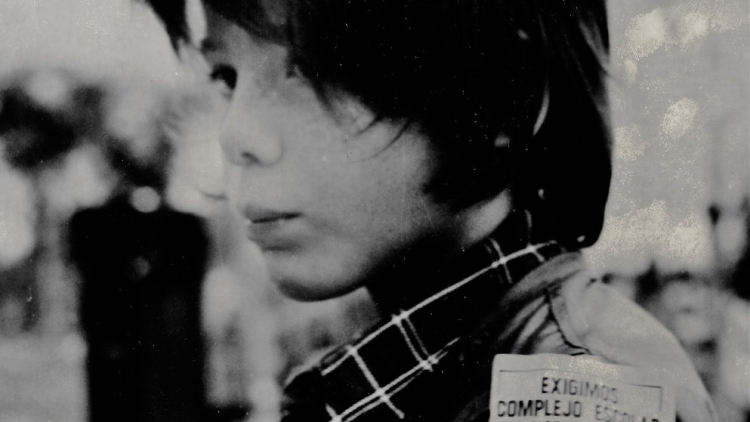
Boy with a sticker demanding a secondary school be built on the old Harry Walker site (Author: Kim Manresa, Roquetes-Nou Barris Historical Archives)
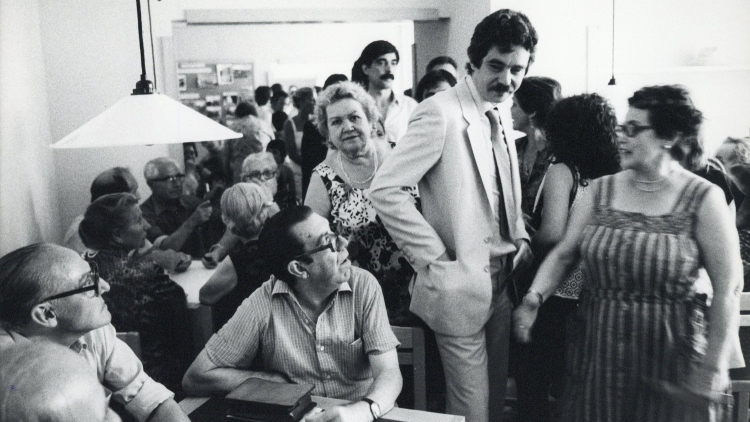
Visit by the mayor Pasqual Maragall to the Pau Casals Social Services Centre, opened in 1983, in the La Guineueta neighbourhood (Author unknown, AMDNB)



